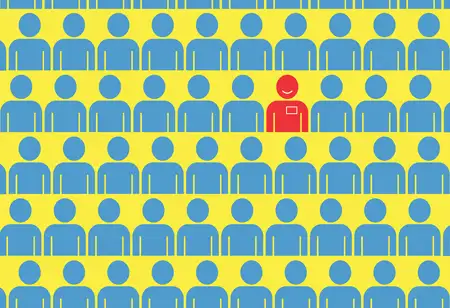THANK YOU FOR SUBSCRIBING
Be first to read the latest tech news, Industry Leader's Insights, and CIO interviews of medium and large enterprises exclusively from Hrtech Outlook
THANK YOU FOR SUBSCRIBING

By
HR Tech Outlook | Wednesday, December 13, 2023
Stay ahead of the industry with exclusive feature stories on the top companies, expert insights and the latest news delivered straight to your inbox. Subscribe today.
Traditionally, managing benefits has been a complex and time-consuming process for HR departments, often involving heaps of paperwork and manual data entry. However, advancements in technology have revolutionised the way organizations handle employee benefits, leading to greater efficiency, cost-effectiveness, and employee satisfaction.
FREMONT, CA:Technology has evolved to become an indispensable component of managing employee benefits within the workplace. Recognising the significance of attracting and retaining exceptional talent, organisations now prioritise the provision of competitive and comprehensive benefits packages. The integration of technology has transformed the entire benefits management process, revolutionising how companies administer, communicate, and optimise employee benefits programs. The days of laborious manual procedures and burdensome paperwork are now a thing of the past. This transformative shift brings about heightened productivity and precision, while empowering employees with greater autonomy in selecting their benefits, ultimately fostering a more contented and engaged workforce.
Streamlined Enrollment and Administration
Technology has transformed the benefits enrollment process from paper-based to digital, simplifying the experience for both employees and HR teams. Online benefits portals and mobile apps enable employees to review available plans, select suitable options, and make changes during open enrollment periods easily. This self-service approach reduces errors and speeds up the process, saving time for HR professionals who can now focus on more strategic tasks.
Personalisation and Customisation
Modern technology allows for more personalised employee benefits experiences. By utilising data analytics, employers can gain insights into the preferences and needs of their workforce. With this information, they can tailor benefit packages to cater to individual employee demographics and preferences, thus increasing overall employee satisfaction and engagement.
Additionally, technology empowers employees to customise their benefits to suit their specific life situations, offering a sense of control and flexibility. Customization options could include choosing between different healthcare plans, adjusting retirement contributions, or opting for additional perks like wellness programs or tuition reimbursement.
Improved Communication and Engagement
Technology provides various channels for HR teams to communicate with employees, ensuring they are well informed about their benefits options, changes, and important deadlines. Automated email alerts, push notifications, and in-app messages keep employees up-to-date, reducing confusion and increasing overall engagement.
Furthermore, technology facilitates two-way communication, enabling employees to seek assistance, ask questions, and receive personalised support from HR representatives. This fosters a positive and supportive work environment, boosting employee satisfaction and loyalty.
Data-Driven Decision Making
Technology allows HR teams to collect and analyse vast amounts of data related to benefits utilisation, employee preferences, and cost projections. By leveraging this data, organisations can make informed decisions to optimise their benefits offerings.
Data-driven insights can help employers identify trends in benefits utilisation, address potential gaps, and allocate resources more effectively. For example, if a certain wellness program shows low engagement, HR can focus efforts on improving it or consider other initiatives with higher employee interest.
Enhanced Compliance and Security
Employee benefits management involves handling personal and financial information. Robust encryption, multi-factor authentication, and secure cloud-based storage protect employees' confidential information from unauthorised access and cyber threats. Automated systems can monitor compliance deadlines, generate necessary reports, and help employers avoid costly penalties.
Businesses must exhibit adaptability and wholeheartedly embrace innovative technology to cater to the ever-changing needs of their workforce. Organisations can create a thriving work environment that cultivates both employee well-being and long-term success by integrating technology and a people-centred approach.



